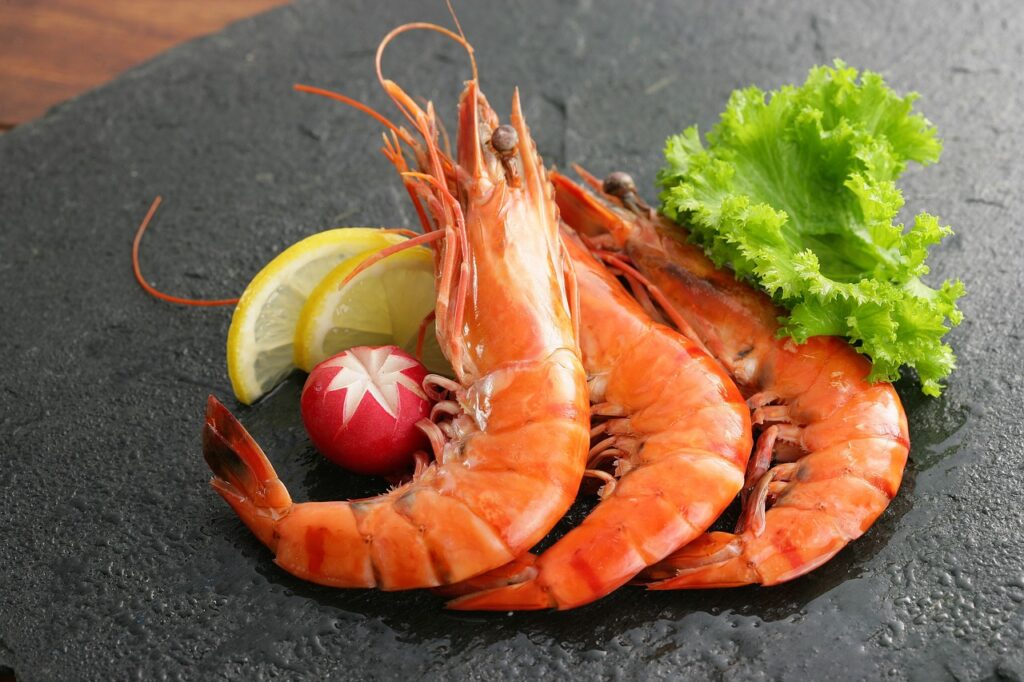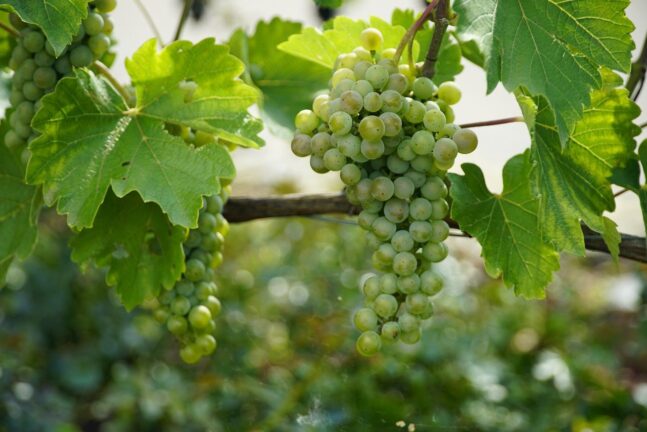EU farmers have sharply condemned the newly announced tariff deal with the United States, warning it sacrifices European agriculture in favour of expanded American market access — and leaves producers with little in return.
The Copa and Cogeca alliance, representing millions of European farmers and agricultural cooperatives, wasted no time in criticising the deal’s imbalance. In a strongly worded statement, the group said the agreement failed to deliver on public promises from EU leadership to secure tariff relief for key agricultural goods — particularly wine and other high-value exports.
“Despite public statements from European Commission President Ursula von der Leyen made in Scotland regarding potential ‘zero-for-zero’ tariff arrangements for certain agricultural products — the joint statement contains no such relief for any European producers,” the association stated. It called the arrangement unjustified and harmful to a sector already dealing with inflation, labour shortages, and rising global competition. In its published statement, the association also spelled out how the wine and spirits sectors had been let down.
“The minimum expectation was tariff relief for wine and spirits—a solution endorsed by stakeholders in both the EU and the US—yet this has not been delivered. On the contrary, this deal grants improved market access for US agri-food products, while EU producers are left facing higher tariffs, now rising to 15 per cent, on key export products.”

That’s not the spirit: Wine and cheese take a hit
EU wine and spirits which had asked for a clear exemption or carve-out. Instead, earlier hopes have thus far been dashed, a bitter pill. They will come under the same 15 per cent as other food producers. These will force leave wine and spirits producers worrying that they’ll either have to accept shrinking margins or raise prices in a way that damages their long-term competitiveness in the US.
Geographical Indications (GIs) such as Champagne, Roquefort, and Parma ham—typically protected in EU deals—were also not reinforced in this framework, a further worry. The lack of progress, charge critics, will leave producers vulnerable to imitation and undermines the value of Europe’s food heritage abroad.
You might be interested
The minimum expectation was tariff relief for wine and spirits—a solution endorsed by stakeholders in both the EU and the US—yet this has not been delivered — Copa-Cogeca
US gains: pork, shrimp, and tree nuts make inroads
While European producers face sustained barriers, the deal grants expanded access to the EU market for a range of American agri-food products, including pork, nuts, fruit, vegetables, dairy, and seafood. American shrimp, already a growing presence in European supermarkets, could benefit further, challenging Mediterranean fisheries and small-scale aquaculture (aquatic farming).

Similarly, American almonds and walnuts, produced on a large scale and often at lower costs, pose a significant competitive challenge to EU producers, particularly in southern Europe. The imbalance has raised questions among European lawmakers about the trade-offs made by Brussels in pursuit of broader industrial or political objectives.
Agriculture left behind, again
Farmers groups argue agriculture is once again being deprioritised in favour of sectors such as automotive and high-tech industries. While tariff relief for European cars has not yet been agreed, a drop from 27.5 to 15 per cent is reportedly still under discussion, and final terms remain uncertain and conditional on further EU concessions. For now, farming stands as one of the few major sectors to emerge from the agreement without concrete gains. A frustration that could grow as tariffs bite.
In response, many producers are expected to seek diversification beyond the US market — though this is easier said than done. Others may adjust pricing or scale down exports. Meanwhile, on the US market, high-end EU goods could become less attractive if consumers are asked to bear the brunt.
Together with tough negotiations over the next long-term budget (MFF), tariffs are already something of a craw in farmers’ throats, leaving many to wonder why the executive didn’t deliver more and to ask ‘What’s in this for us’. Still, some in the food industry welcomed the certainty the deal finally brought after months of uncertainty — even if it meant accepting a costly 15 per cent tariff. For those producers, at least knowing where they stand offers a slim chance to plan ahead, though it does little to ease the pressure on sectors already stretched to their breaking point.











